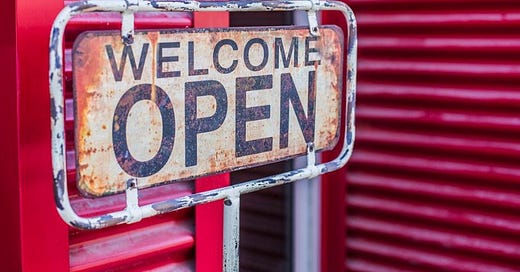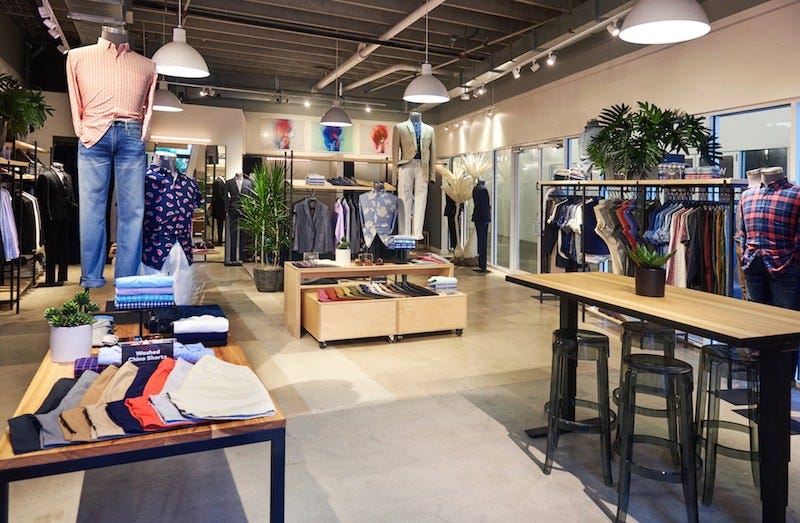Meeting your brand IRL: An offline strategy will be key for next gen brands
I’ve heard many negative comments from tech executives and venture capitalists about direct to consumer brands expanding to brick and…
I’ve heard many negative comments from tech executives and venture capitalists about direct to consumer brands expanding to brick and mortar because its lack of scalibility relative to online.
I’m surprised by this reaction because I think it’s a great strategy when done thoughtfully. I think every team should at least consider building an offline presence at some point in their growth.
The key question for a company to answer is:
What objective am I trying to achieve through my offline strategy?
This clarity is key because it informs not only the decision of whether to go offline but also of how to move into offline — what does this presence look like and why is that valuable.
To make this point more concrete, let’s look at the the Glossier pop up and the original Bonobos Guideshops. These are two effective examples of offline strategies with very different goals.
For example, the Glossier popup in NYC is meant to deepen consumers’ relationship with the brand and its new perfume. The space is about experiencing what Glossier stands for, with almost no focus on commerce.
In contrast, the original Bonobos Guideshops were small retail locations meant to educate the consumer and drive loyalty through purchase. Guideshops were appointment only, where men would receive 1:1 attention to figure out what sizes and styles worked best for them. The goal was to drive high AOV purchases, but unlike a traditional retail store that held vast levels of inventory, the consumer would walk out with nothing — instead Bonobos delivered their order them via mail.
I believe that offline strategies will be important for most e-commerce brands at some point in their growth, it is just a matter of prioritization and when it makes sense to make the investment in time and money.
Some of the opportunities to drive value include:
Brand building — Retail is an opportunity to bring your brand to life and interact with your consumer in a way that isn’t possible online. Glossier, Apple, and Away are companies that have done so exceptionally well.
Customer acquisition — Not all purchases are easily made online without touching and feeling products. Warby Parker and Bonobos have leveraged strategically placed stores to drive traffic and conversion for their glasses and apparel, respectively.
Retention & loyalty — Done well, offline experiences can drive high value touch points that can increase a customer’s LTV. As I’ve written previously, Sephora has done a phenomenal job redefining the retail experience.
Higher contribution margins — Returns and trial are major cost drivers in e-commerce. Brick and mortar opportunities for a consumer to do so allow companies to reduce returns and therefore increase margins per basket. Often, it can also drive higher AOVs via upsell strategies that are much more effective in person.
At the same time, plunging headfirst into retail is not the right strategy. Offline strategies can be done in an MVP way to test their effectiveness. In addition, the definition of retail has changed so dramatically that offline can be done sparsely and with a small square footage to be more cost effective.
Gone are the days that the term “omnichannel” is omnipresent in every retail article, blog, or start-up pitch. Retailers have gotten the message that an online strategy is critical. The reverse is also true for much of digitally native brands as well.
☞ If you liked this post, please give me a clap (or forty) to help to promote this piece to others.
☞ To hear more of my thoughts in the future, follow me on Twitter, LinkedIn & Medium as well.






